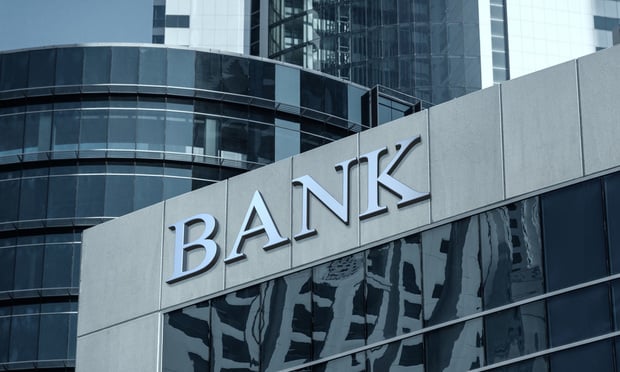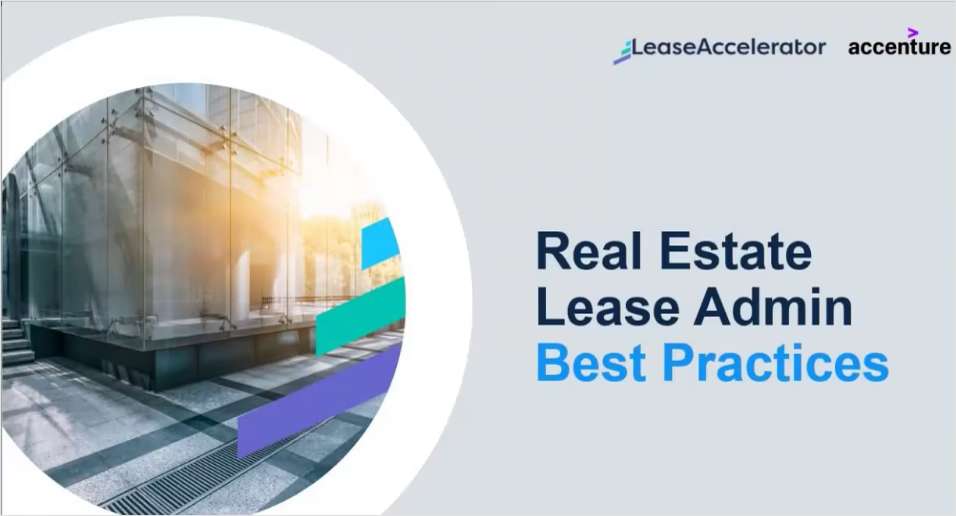WASHINGTON, DC–Here's a riddle for you. Why is pricing for DC core office assets still at record highs even with sales volume falling in the first quarter?
This past quarter saw trophy office 733 10th St., NW, joining the small but growing club of trades over the $1,000 per square foot mark, fetching $1,053 per square foot and a 4.7% cap rate.
The answer, according to a new JLL analysis is offshore capital which continues to target DC with nearly $400 million of foreign investment comprising 48.9% of overall sales volume YTD in the District. Foreign investors, you may recall from earlier this year, were poised to invest in secondary markets or at least any market that didn't DC's high prices. What irony.
Those predictions, of course, came before the emergence of negative interest rates and volatile currency fluctuations not to mention political risk in several markets. US real estate delivers not only a greater yield than negative rates but also serves as an effective hedge against the currency and political risk.
The influx of foreign capital, however, has larger ramifications than just bolstering prices. It is just one domino in the current market. But it will help facilitate the following progression of events, according to JLL.
1. Cap rate compression will continue as foreign investors continue to snap up properties.
2. High sales prices will begat aggressive underwriting, which will begat rent increases at recently traded assets.
JLL notes that:
despite flat net effective rents in DC over the past several years, most investor proformas include annual rent growth of 2-5%, which may serve as a motivation for tenants occupying recently traded assets to tour the market and find more cost-effective options.
3. Yields in the District will remain low because of the situation in the suburbs.
The situation is a bit different in the suburbs, JLL Research Director Scott Homa tells GlobeSt.com.
Right now investment sales volume remains somewhat slow in Metro DC due to limited buying opportunities in core locations, he says. But more suburban product is trading as search for yield grows and risk aversion recedes. “For the first time since 2006, investment sales volume in Northern Virginia has surpassed the District of Columbia in the first quarter,” he said. Average cap rates in Northern Virginia were 150 basis points higher than DC, Homa added — a trend that should continue due to a “scarcity premium” investors are willing to pay to be in DC, which will cause yields downtown to remain low.
4. Sales volume should increase soon.
Tightening conditions in many suburban markets, including Reston, Rockville Pike and the Bethesda-CBD, will likely spur additional sales velocity, Homa said.
“With properties in DC such as 50 F and 1331 L coming to market, 800 N. Glebe Road in Ballston again being shopped by JBG and the Wash REIT Maryland portfolio under contract, overall sales volume is likely to trend higher heading into mid-year 2016.”
WASHINGTON, DC–Here's a riddle for you. Why is pricing for DC core office assets still at record highs even with sales volume falling in the first quarter?
This past quarter saw trophy office 733 10th St., NW, joining the small but growing club of trades over the $1,000 per square foot mark, fetching $1,053 per square foot and a 4.7% cap rate.
The answer, according to a new JLL analysis is offshore capital which continues to target DC with nearly $400 million of foreign investment comprising 48.9% of overall sales volume YTD in the District. Foreign investors, you may recall from earlier this year, were poised to invest in secondary markets or at least any market that didn't DC's high prices. What irony.
Those predictions, of course, came before the emergence of negative interest rates and volatile currency fluctuations not to mention political risk in several markets. US real estate delivers not only a greater yield than negative rates but also serves as an effective hedge against the currency and political risk.
The influx of foreign capital, however, has larger ramifications than just bolstering prices. It is just one domino in the current market. But it will help facilitate the following progression of events, according to JLL.
1. Cap rate compression will continue as foreign investors continue to snap up properties.
2. High sales prices will begat aggressive underwriting, which will begat rent increases at recently traded assets.
JLL notes that:
despite flat net effective rents in DC over the past several years, most investor proformas include annual rent growth of 2-5%, which may serve as a motivation for tenants occupying recently traded assets to tour the market and find more cost-effective options.
3. Yields in the District will remain low because of the situation in the suburbs.
The situation is a bit different in the suburbs, JLL Research Director Scott Homa tells GlobeSt.com.
Right now investment sales volume remains somewhat slow in Metro DC due to limited buying opportunities in core locations, he says. But more suburban product is trading as search for yield grows and risk aversion recedes. “For the first time since 2006, investment sales volume in Northern
4. Sales volume should increase soon.
Tightening conditions in many suburban markets, including Reston, Rockville Pike and the Bethesda-CBD, will likely spur additional sales velocity, Homa said.
“With properties in DC such as 50 F and 1331 L coming to market, 800 N. Glebe Road in Ballston again being shopped by JBG and the Wash REIT Maryland portfolio under contract, overall sales volume is likely to trend higher heading into mid-year 2016.”
Want to continue reading?
Become a Free ALM Digital Reader.
Once you are an ALM Digital Member, you’ll receive:
- Breaking commercial real estate news and analysis, on-site and via our newsletters and custom alerts
- Educational webcasts, white papers, and ebooks from industry thought leaders
- Critical coverage of the property casualty insurance and financial advisory markets on our other ALM sites, PropertyCasualty360 and ThinkAdvisor
Already have an account? Sign In Now
*May exclude premium content© 2024 ALM Global, LLC, All Rights Reserved. Request academic re-use from www.copyright.com. All other uses, submit a request to [email protected]. For more information visit Asset & Logo Licensing.










